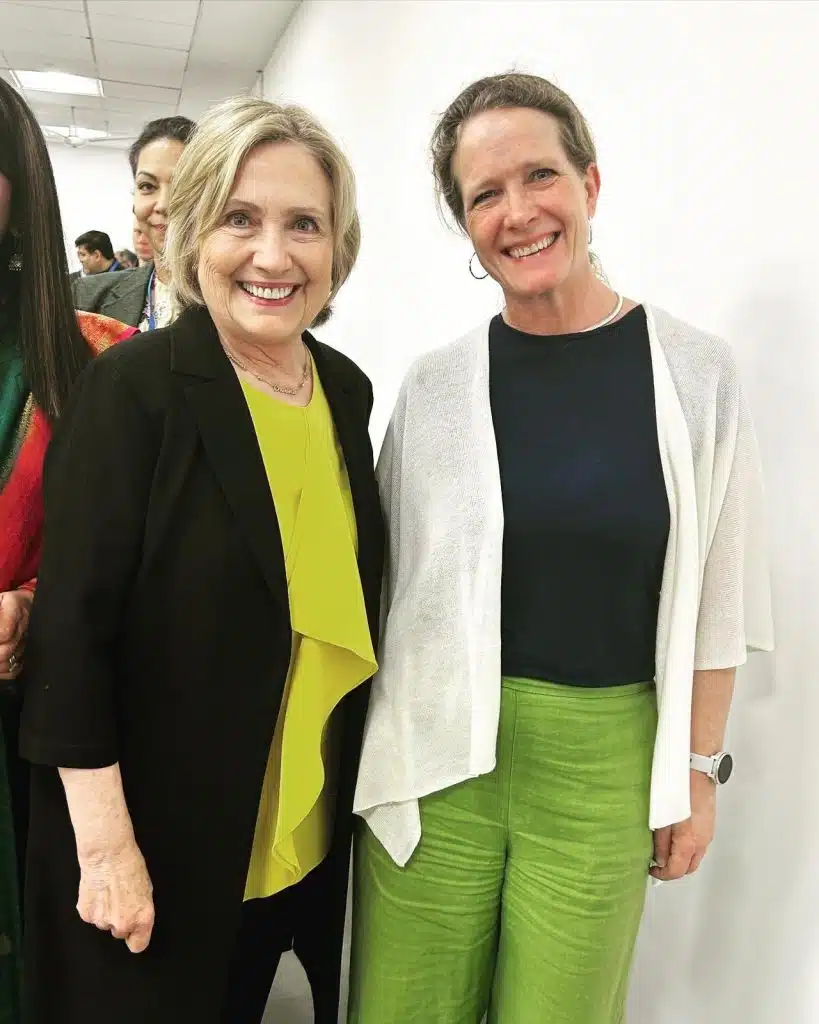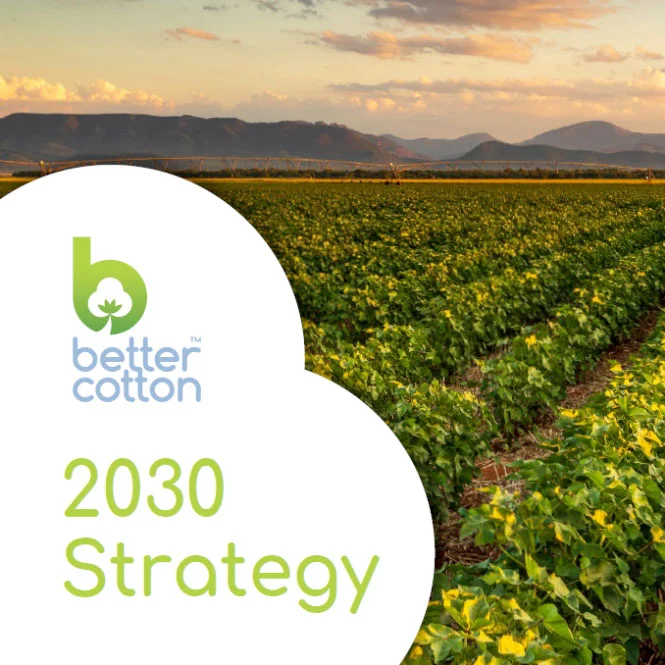- Who we are
- What we do
In just over 10 years we have become the world’s largest cotton sustainability programme. Our mission: to help cotton communities survive and thrive, while protecting and restoring the environment.
- Where we grow
Better Cotton is grown in 22 countries around the world and accounts for 22% of global cotton production. In the 2022-23 cotton season, 2.13 million licensed Better Cotton Farmers grew 5.47 million tonnes of Better Cotton.
- Our impact
- Membership
Today Better Cotton has more than 2,700 members, reflecting the breadth and diversity of the industry. Members of a global community that understands the mutual benefits of sustainable cotton farming. The moment you join, you become part of this too.
- Associate Membership
- Civil Society Membership
- Producer Organisation Membership
- Retailer and Brand Membership
- Supplier and Manufacturer Membership
- Find Members
- Member Monitoring
- Better Cotton Platform
- myBetterCotton
- Resources – Better Cotton Conference 2022
- Complaints
- Whistleblowing
- Safeguarding
- Get Involved in the Better Cotton Programme
- Thank you for contacting us
- Better Cotton’s Data Privacy Policy
- Log in
- Members’ Area
- Request for Proposals
- Better Cotton Cookie Policy
- Web Reference
- Measuring Cotton Consumption
- How to Implement the Chain of Custody Standard
- Resources – Better Cotton Conference 2023
- Certification Bodies Old
- Latest
- Sourcing
- Latest
The founding premise of Better Cotton is that a healthy sustainable future for cotton and the people that farm it is in the interests of everyone connected with it.
Let us help you find what you’re looking for
Results for {phrase} ({results_count} of {results_count_total})Displaying {results_count} results of {results_count_total}
At the Clinton Global Initiative (CGI) meeting in India this week, the organisation reaffirmed its commitment to supporting Better Cotton as it develops a carbon insetting framework to promote and incentivise sustainable agricultural practices.
Better Cotton first outlined its ambitions to establish an insetting mechanism at last year’s CGI meeting in New York.

At its most recent outing, in Gandhinagar, Gujarat, Better Cotton’s Chief Operating Officer, Lena Staafgard discussed the wealth of opportunities across India whilst acknowledging that farmers must be rewarded for delivering on Better Cotton’s climate mitigation targets.
Already, Better Cotton’s network in India has greatly benefitted from adopting more sustainable practices. In the 2020-21 growing season, for example, Better Cotton farmers reported on average 9% higher yields, 18% higher profits, and 21% lower emissions than their conventional cotton growing counterparts.
Still, underpinned by its comprehensive supply chain traceability system that’s scheduled to launch at the end of this year, Better Cotton believes insetting mechanisms can accelerate environmental and social progress, supporting smallholder livelihoods across its network.
In theory, the insetting mechanism would incentivise farmers to produce more sustainable cotton by facilitating the trade of insetting credits and offering rewards based on each operation’s credentials and continued progress.
Until now, it has been impossible to build a carbon insetting mechanism to reduce greenhouse gas emissions in the cotton supply chain at scale due to a lack of traceability.
Farmer centricity is a key pillar of Better Cotton’s work, and this solution ties into the 2030 Strategy, which lays the foundation for a strong response to climate threats within the cotton value chain, and mobilises action for change with farmers, field partners and members.
Right now, Better Cotton is piloting its traceability system in the Gujarat and Maharashtra states.
With enhanced supply chain visibility, brands will learn more about where the cotton they source comes from and therefore be better positioned to reward sustainable practices via farmer repayments that incentivise further on-field improvements.
The CGI meeting in India – led by Secretary Hillary Clinton – was a huge success for Better Cotton as it conveyed its aspirations for further progress within the cotton sector.
It is obvious that by coming together with other commitment makers there is scope for more impact.


